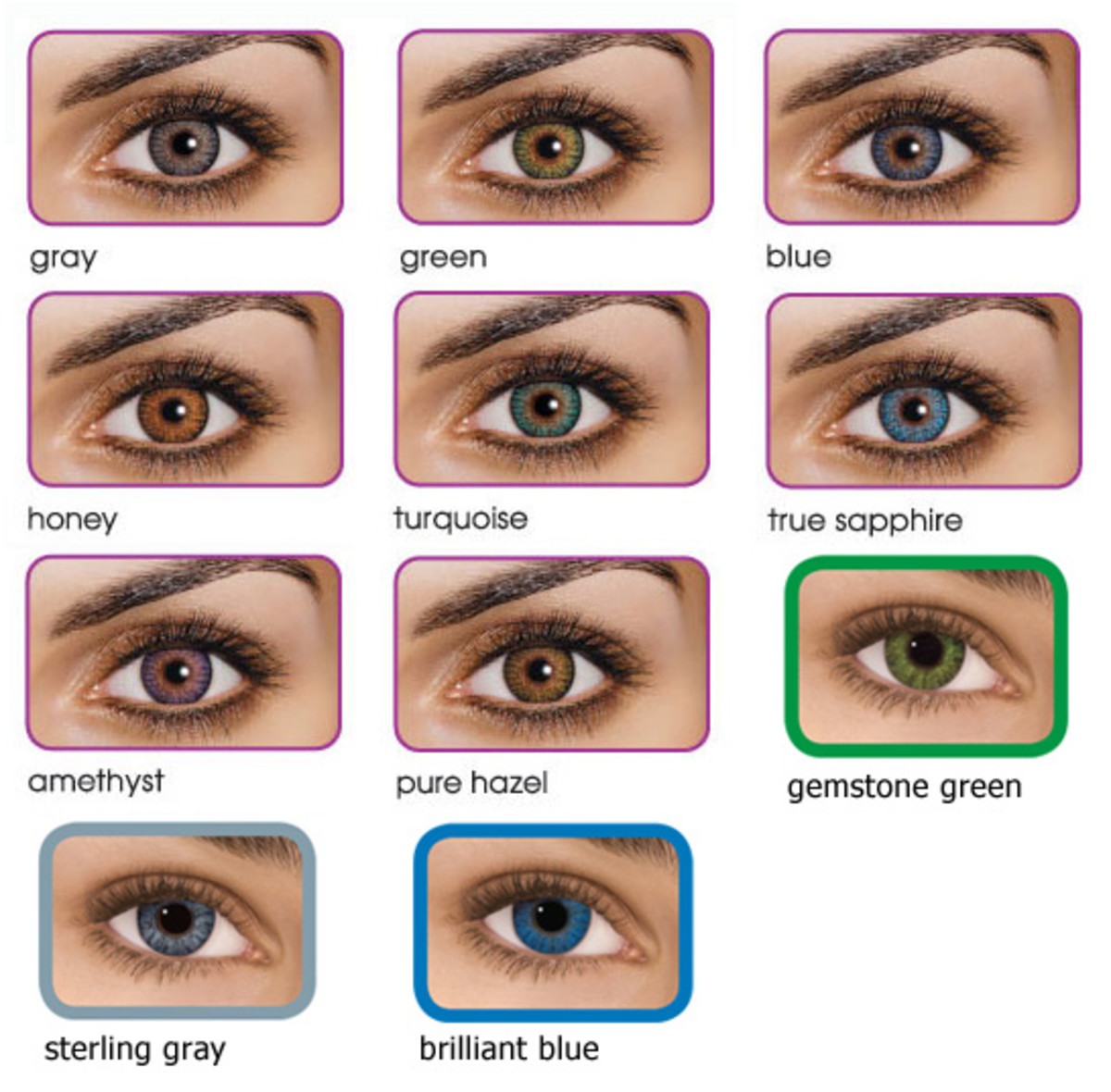

#Black light color contacts code#
None included the W chromosome, whose highly repetitive code can pose stumbling blocks for automatic sequencing. Previously assembled genomes for Heliconius charithonia were fragmentary. Gilbert is a professor of integrative biology at UT Austin and director of the Brackenridge Field Laboratory, where Zebra Longwings occur in the wild and also are maintained by Gilbert in a tropical greenhouse for such research at UT Austin and elsewhere. “Besides the discovery’s scientific significance, it highlights the complexities of automated genetic sequencing and the crucial role of validation.”Ĭhakraborty performed much of his work on the project while a postdoctoral researcher in the laboratories of co-corresponding authors Adriana Briscoe and J.J. “This is the first known instance where dimorphic color vision in animals comes from a single gene moving to a sex chromosome,” said first author Mahul Chakraborty, an assistant project scientist in ecology and evolutionary biology at Texas A&M University. The revelation about the role of the W chromosome was especially surprising due to the technical difficulty required to recover W chromosomes and because the opsin gene, which plays a vital role in visual perception of light and color, was found in a part of the genome not usually associated with vision. “For now, we are faced with an additional intriguing mystery, as only Heliconius species with males that locate and sit on female pupae, in other words engage in pupal mating, have opsin genes moved to the W chromosome,” Gilbert said. Adult males of some species of Heliconius will wait for the moment a female emerges from her chrysalis and then immediately attempt to mate with her, as a way to outcompete other males for the chance. Gilbert said there’s another twist to this story. So far, the only other animals known to have sexually dimorphic vision are some kinds of primates with red-green polymorphism such as humans and squirrel monkeys. Scientists believe the vision difference may be the reason that females and males within some butterfly species feed on different types of flowers. When the biologists finished assembling the first complete genome for this species, they discovered its W – or female – chromosome contained the opsin gene. In searching for the genetic mechanism behind this difference, the researchers selected as their subject Heliconius charithonia, or Zebra Longwing butterfly, whose visual capacity is sexually dimorphic. In one clade of Heliconius species with sexually dimorphic vision, only females see ultraviolet colors. A substance produced by the opsin gene accounts for these butterflies’ visual capacity. Some Heliconius butterfly species see ultraviolet color, an array wider than the visible light spectrum that humans perceive. The study appears in Proceedings of the National Academy of Sciences. Theirs is the first known finding that this kind of genetic change causes sexually dimorphic vision.

A team of University of California, Irvine, Texas A&M and University of Texas at Austin biologists, including the Department of Integrative Biology’s Larry Gilbert, has discovered that in at least one species, the variation results from a vision gene’s jump onto a sex chromosome.

In a phenomenon called sexually dimorphic vision, females of some butterfly species perceive ultraviolet color while the males see light and dark. As butterflies flit among flowers, they don’t all see blossoms the same way.


 0 kommentar(er)
0 kommentar(er)
